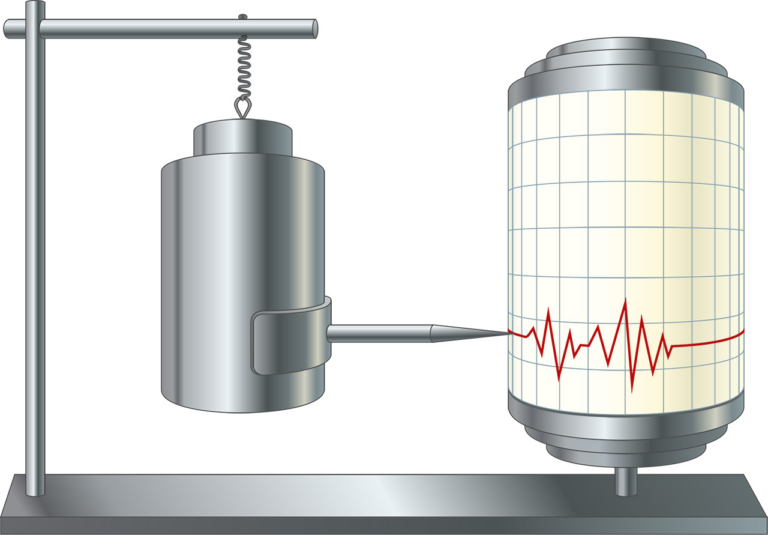The Need for Structural Health Monitoring in the San Francisco Bay Area

The San Francisco Bay Area faces one of the highest seismic risks in the United States. Structural Health Monitoring offers a vital tool to protect lives, infrastructure, and economic resilience in the face of inevitable earthquakes.



